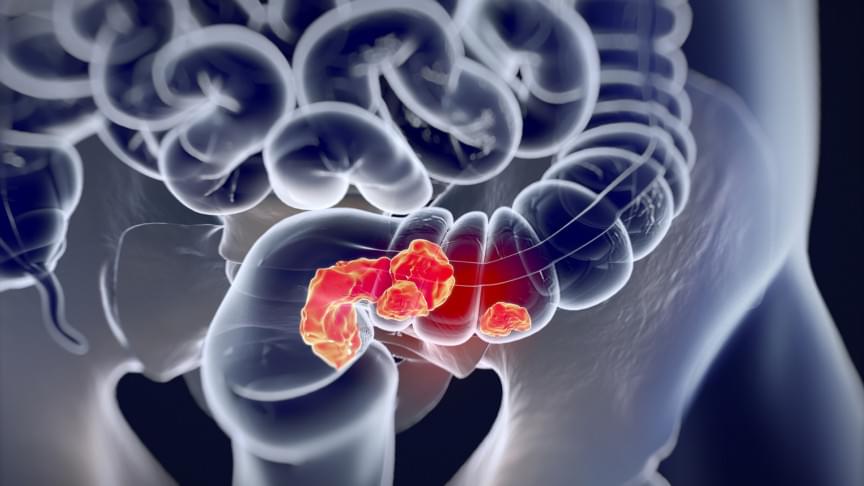
Category: biotech/medical – Page 1,487

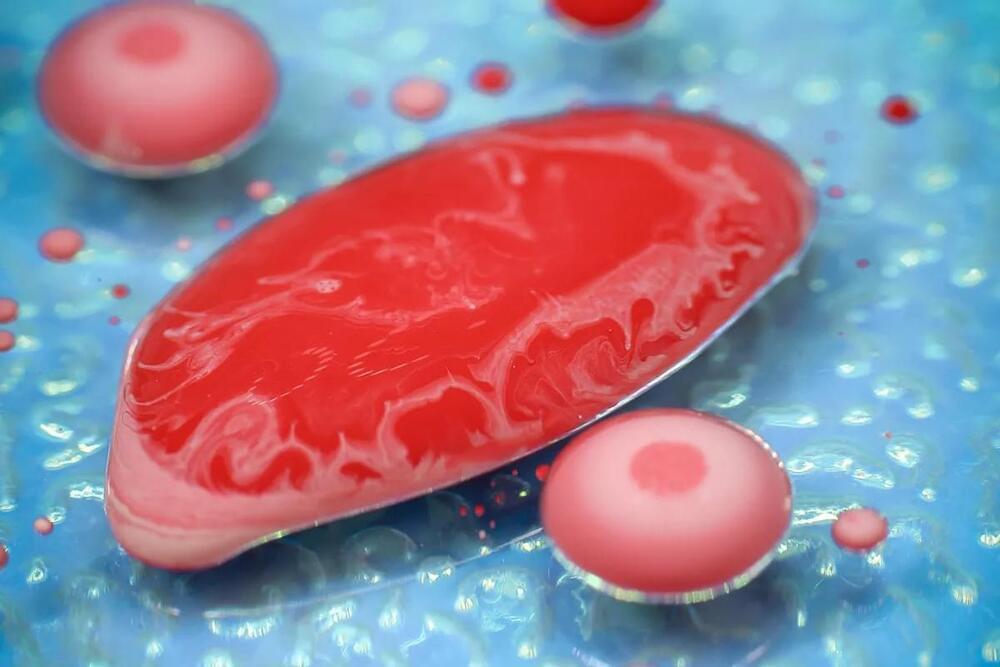
Cellular secrets unlocked by researchers lead to new theory for aging
New research has uncovered how genetic changes that accumulate slowly in blood stem cells throughout life are likely to be responsible for the dramatic change in blood production after the age of 70.
The study, by scientists at the Wellcome Sanger Institute, the Wellcome-MRC Cambridge Stem Cell Institute and collaborators, has been published in the journal Nature.
Longevity. Technology: Has our understanding of one of the mechanisms of aging taken a quantum leap? Molecular damage accumulates throughout our lives, gradually increasing year-on-year as we suffer telomere attrition, mutation, epigenetic change and oxidative and replicative stress. It’s a double whammy as our ability to repair this damage also declines as we age, but given the gradual nature of these processes, why, as the paper authors themselves put it, “Is there an abrupt increase in mortality after 70 years of age? [1]”.
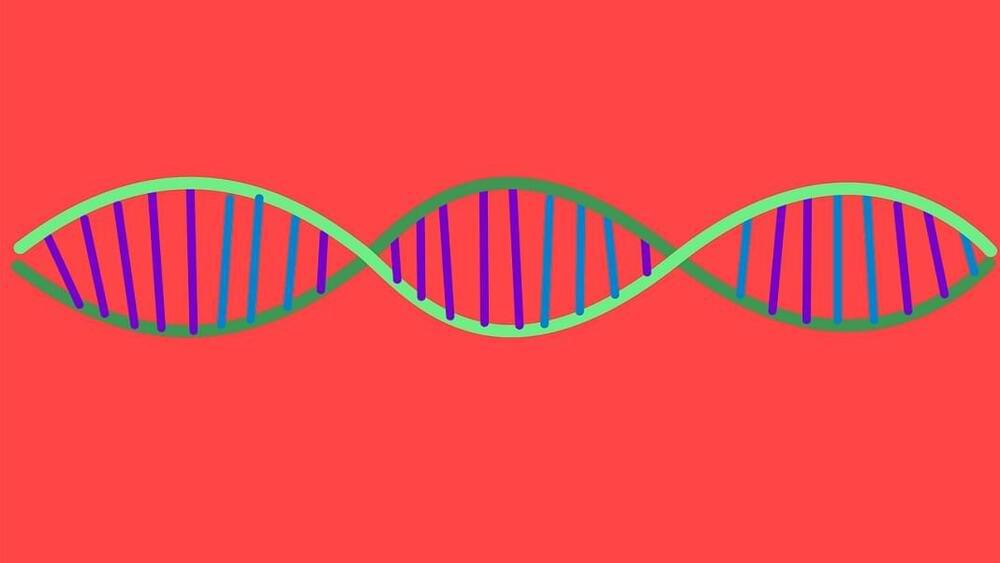
New CRISPR Tool Protects Against Viruses Without Making Any DNA Cuts
A study published last week in Molecular Cell took a step towards that radical new concept for CRISPR. Led by Dr. Jennifer Doudna at the University of California Berkeley, who shared a Nobel Prize as a pioneer in the field, the study honed in on Cas9’s less famous and far more enigmatic cousin, Cas12c.
It’s the black sheep of the Cas family. Unlike other members, Cas12c completely lacks the ability to cut DNA. Instead, in bacteria cells, it binds onto invading viruses and protects vulnerable cells without shredding the virus’s DNA. The end result is a powerful antiviral defense system that doesn’t tax the host cell’s inner workings—yet makes it invincible to certain viral infections.
The study shows that chopping up viral DNA isn’t the only route for antiviral defense, at least in bacteria cells, the authors said. But more importantly, we’ve only begun scratching the surface of CRISPR gene editors.
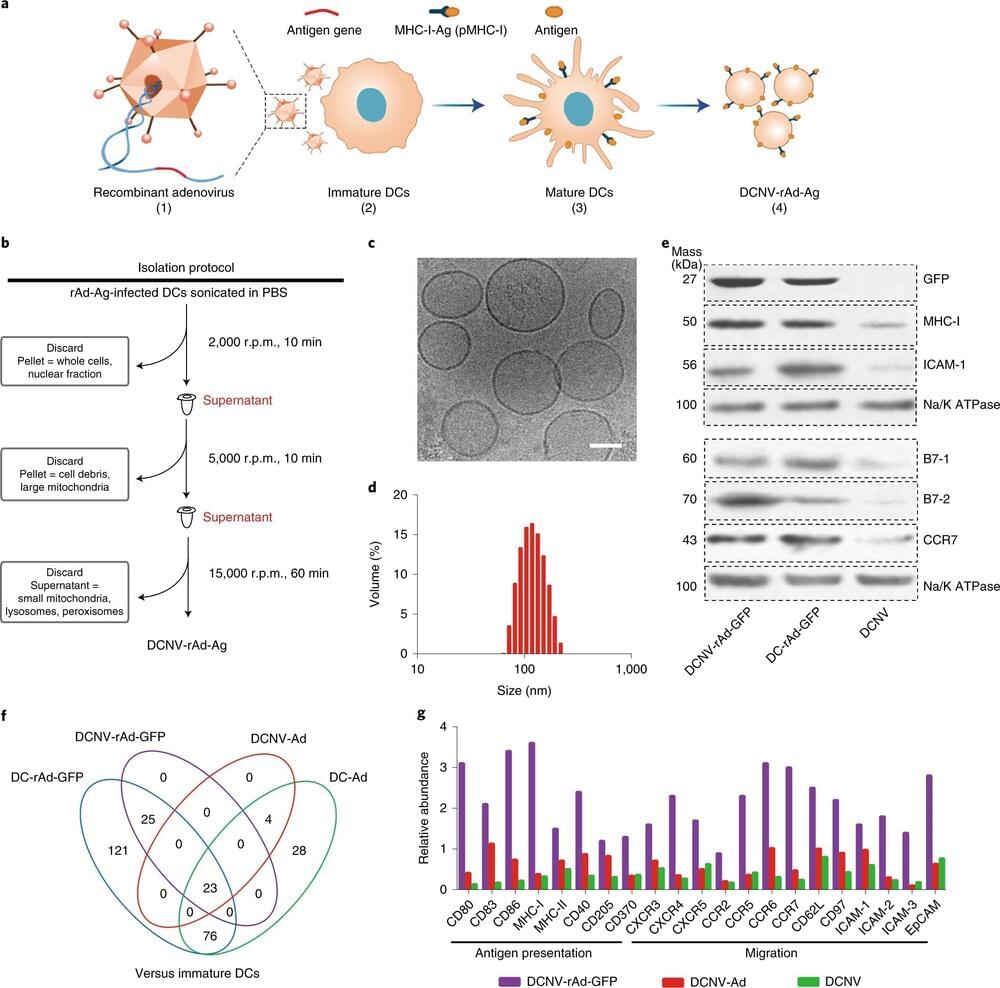
Researchers use nanotechnology to destroy and prevent relapse of solid tumor cancers
As people across the globe look forward to longer life expectancies, malignant cancers continue to pose threats to human health. The exploration and development of immunotherapy aims to seek new breakthroughs for the treatment of solid tumors.
The successful establishment of anti-tumor immunity requires the activation, expansion and differentiation of antigen-specific lymphocytes. This process largely depends on specific interactions between various T cells and antigen-presenting cells (APCs) in the body. However, existing tumor vaccines, such as neoantigen vaccines and various vector vaccines, all rely on random interactions with APCs in the body. Furthermore, inappropriate interactions may lead to the silencing of other immune responses.
Although immune checkpoint-based immunotherapy has been shown to have great potential, only a small proportion of patients fully respond to this therapy, and the relevant molecular mechanisms need to be further explored. This delivery method is however complex and inefficient.
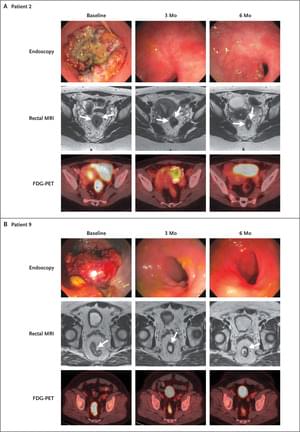
PD-1 Blockade in Mismatch Repair–Deficient, Locally Advanced Rectal Cancer
Neoadjuvant chemotherapy and radiation followed by surgical resection of the rectum is a standard treatment for locally advanced rectal cancer. A subset of rectal cancer is caused by a deficiency in mismatch repair. Because mismatch repair–deficient colorectal cancer is responsive to programmed death 1 (PD-1) blockade in the context of metastatic disease, it was hypothesized that checkpoint blockade could be effective in patients with mismatch repair–deficient, locally advanced rectal cancer.
We initiated a prospective phase 2 study in which single-agent dostarlimab, an anti–PD-1 monoclonal antibody, was administered every 3 weeks for 6 months in patients with mismatch repair–deficient stage II or III rectal adenocarcinoma. This treatment was to be followed by standard chemoradiotherapy and surgery. Patients who had a clinical complete response after completion of dostarlimab therapy would proceed without chemoradiotherapy and surgery. The primary end points are sustained clinical complete response 12 months after completion of dostarlimab therapy or pathological complete response after completion of dostarlimab therapy with or without chemoradiotherapy and overall response to neoadjuvant dostarlimab therapy with or without chemoradiotherapy.
A total of 12 patients have completed treatment with dostarlimab and have undergone at least 6 months of follow-up. All 12 patients (100%; 95% confidence interval, 74 to 100) had a clinical complete response, with no evidence of tumor on magnetic resonance imaging, 18 F-fluorodeoxyglucose–positron-emission tomography, endoscopic evaluation, digital rectal examination, or biopsy. At the time of this report, no patients had received chemoradiotherapy or undergone surgery, and no cases of progression or recurrence had been reported during follow-up (range, 6 to 25 months). No adverse events of grade 3 or higher have been reported.
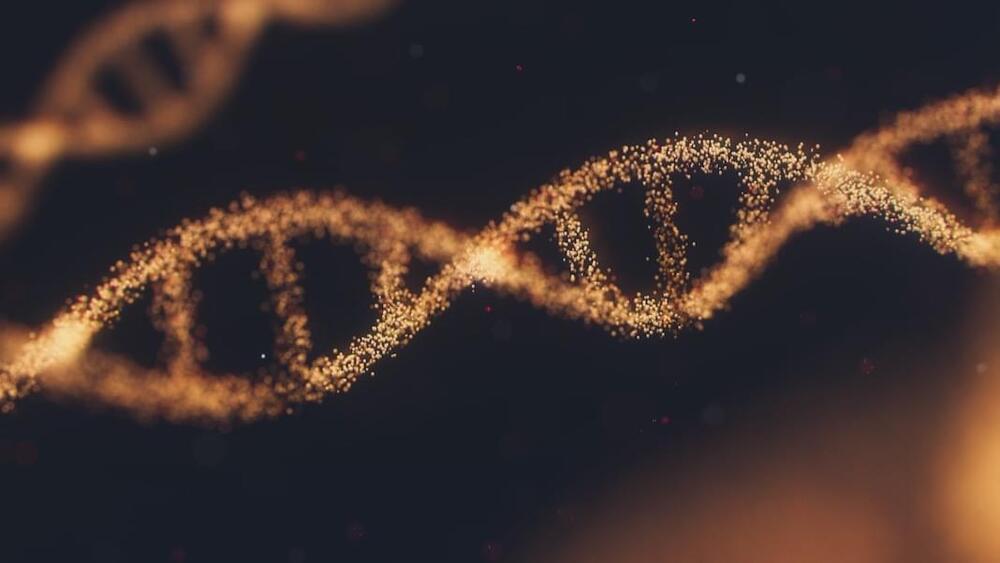
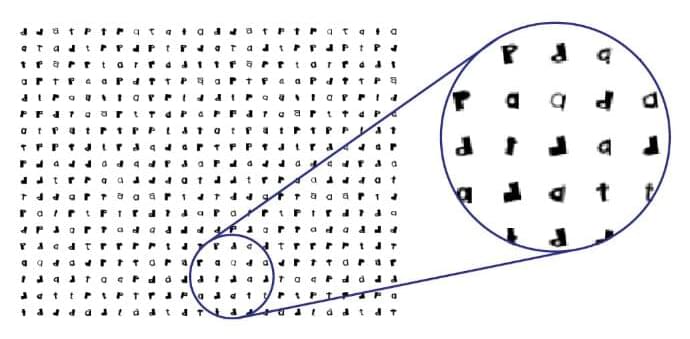
A chip that can classify nearly 2 billion images per second
Artificial intelligence (AI) plays an important role in many systems, from predictive text to medical diagnoses. Inspired by the human brain, many AI systems are implemented based on artificial neural networks, where electrical equivalents of biological neurons are interconnected, trained with a set of known data, such as images, and then used to recognize or classify new data points.
In traditional neural networks used for image recognition, the image of the target object is first formed on an image sensor, such as the digital camera in a smart phone. Then, the image sensor converts light into electrical signals, and ultimately into the binary data, which can then be processed, analyzed, stored and classified using computer chips. Speeding up these abilities is key to improving any number of applications, such as face recognition, automatically detecting text in photos, or helping self-driving cars recognize obstacles.
While current, consumer-grade image classification technology on a digital chip can perform billions of computations per second, making it fast enough for most applications, more sophisticated image classification such as identifying moving objects, 3D object identification, or classification of microscopic cells in the body, are pushing the computational limits of even the most powerful technology. The current speed limit of these technologies is set by the clock-based schedule of computation steps in a computer processor, where computations occur one after another on a linear schedule.
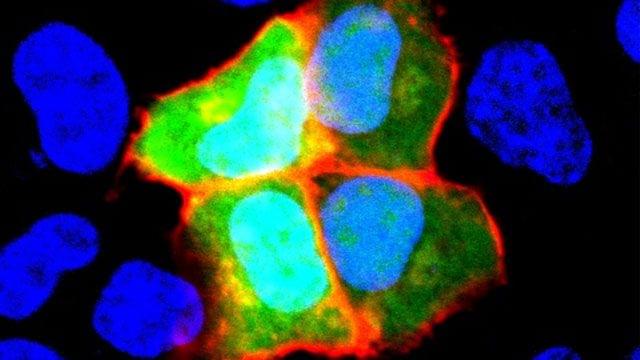
Team Identifies Autoantibody That May Cause Schizophrenia
Schizophrenia is a disorder that affects how people act, think, and perceive reality. It is often very difficult to treat because it has many different causes and symptoms. In a study published last month in Cell Reports Medicine, researchers from Tokyo Medical and Dental University (TMDU) have identified an autoantibody—a protein that is produced by the immune system to attach to a specific substance from the individual’s own body, rather than to a foreign substance like a virus or bacteria—in some patients with schizophrenia. Notably, they also found that this autoantibody caused schizophrenia-like behaviors and changes in the brain when they injected it into mice.
When considering possible autoantibodies that might cause schizophrenia, the research team had a specific protein in mind. Previous research has suggested that neural cell adhesion molecule (NCAM1), which helps cells in the brain talk to one another via specialized connections known as synapses, may have a role in the development of schizophrenia.
“We decided to look for autoantibodies against NCAM1 in around 200 healthy controls and 200 patients with schizophrenia,” explains lead author of the study Hiroki Shiwaku. “We only found these autoantibodies in 12 patients, suggesting that they may be associated with the disorder in just a small subset of schizophrenia cases.”
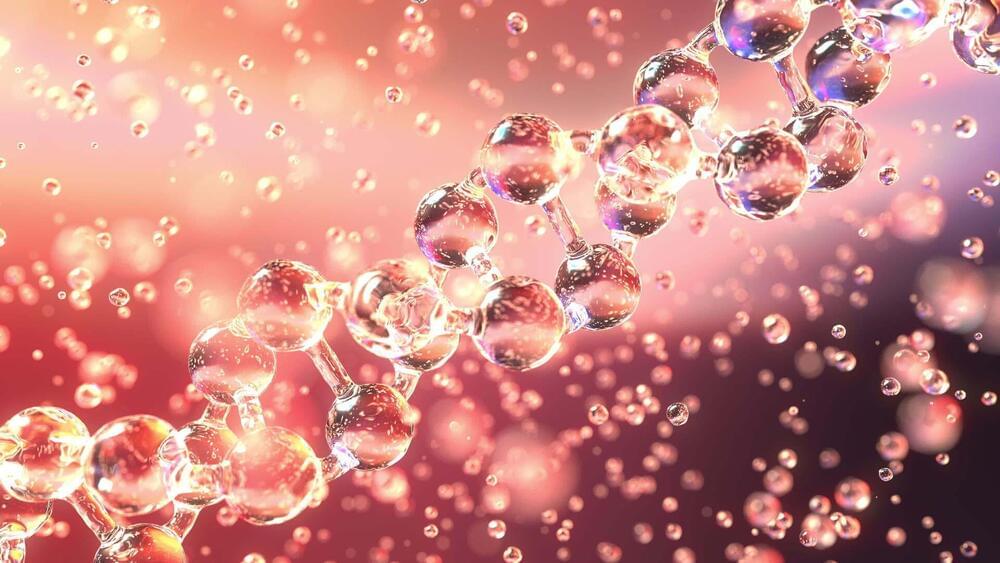
What are Methylation Clocks?
Methylation clocks are taking the longevity community by storm, but why are they so useful?
Do you know how old you really are? I am not doubting your ability to remember your birthday or questioning the honesty of your parents. Do you, on a fundamental level, know how ‘old’ your body truly is? Now surely that is just the same as the number of years you have been around, which would be your chronological age? Well in reality the answer to how ‘old’ your body is comes down to much more than simply how long you have been around for.
Allow me to explain by falling back to the commonly used automobile analogy. Let’s imagine I bought two identical Ford Escorts in 1982, and then proceeded to place one of them inside a time capsule, where it would be kept at a constant temperature in a non-reactive atmosphere. I then proceeded to drive the second car for the next 40 years. Over that 40 years, this car is going to experience wear and tear, and will most likely break down several times which will require mechanical intervention (analogous to medical intervention). Now, after this 40-year period I am going to take the first car out of storage and compare the two cars side by side. Which car is in the better condition? Well, the car that was preserved, obviously. Which car is likely to last the longest from that point onward? Well, the car which has been preserved, obviously.
NOT The Longevity Genes!? Surprising Facts WHY Centenarians LIVE LONGER | Dr Nir Barzilai Clips
“Functional mutations in the growth hormone pathway” meaning it is not active. What’s good for you as a youngster might not be good for you when you’re old.
Dr Nir Barzilai reveals what the longevity genes project found on why Centenarians live longer, not the longevity genes, not healthy lifestyles in this clip.
Dr. Nir Barzilai is the director of the Institute for Aging Research at the Albert Einstein College of Medicine and the Director of the Paul F. Glenn Center for the Biology of Human Aging Research and of the National Institutes of Health’s (NIH) Nathan Shock Centers of Excellence in the Basic Biology of Aging. He is the Ingeborg and Ira Leon Rennert Chair of Aging Research, professor in the Departments of Medicine and Genetics, and member of the Diabetes Research Center and of the Divisions of Endocrinology & Diabetes and Geriatrics.
Dr. Barzilai’s research interests are in the biology and genetics of aging. One focuses on the genetic of exceptional longevity, where we hypothesize and demonstrated that centenarians have protective genes, which allows the delay of aging or for the protection against age-related diseases. In a Program he is leading we take full advantage of phenotypes, DNA, and cells from the Ashkenazi Jewish families with exceptional longevity and the appropriate controls and his group have established at Einstein (over 2,600 samples of which ~670 are centenarians) and discovered underling genomic differences associated with longevity. Longevity Genes Project (LGP) is a cross-sectional, on-going collection of blood and phenotype from families with centenarian proband. LonGenity is a longitudinal study of 1,400 subjects, half offspring of parents with exceptional longevity, validating and following their aging in relationship to their genome.
DISCLAIMER: Please note that none of the information in this video constitutes health advice or should be substituted in lieu of professional guidance. The video content is purely for informational purposes.